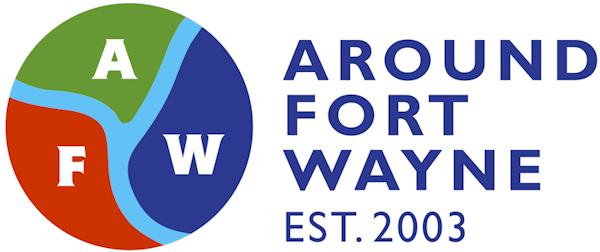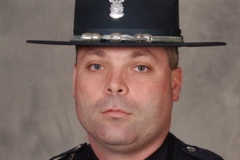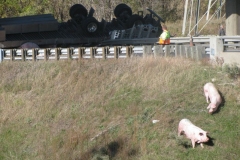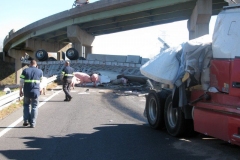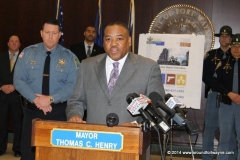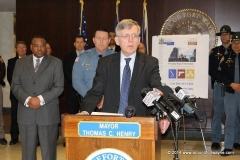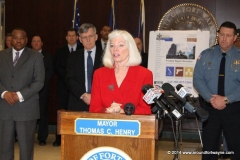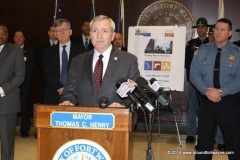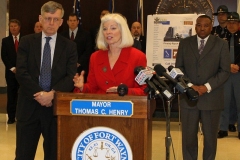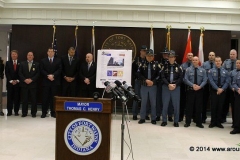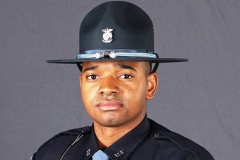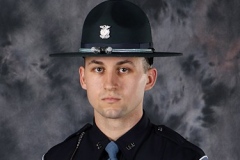![]()
Press release from the Indiana State Police:
Emergency Light Use in Secondary Crashes
(January 31, 2011) – Secondary crashes are significant and frequently more severe than the original crash. Emergency lighting provides a cautionary message to the motoring public that emergency responders are ahead, providing assistance to someone who needs help. Having a police car with its emergency lights on warns drivers of the danger ahead and provides extra safety for the emergency responders and the people involved at the scene. In an effort to reduce secondary crashes, state troopers strategically place their patrol vehicles behind the traffic back-up, prior to the crash scene area. Police/Emergency vehicles will move with the backup as it lengthens or shortens to warn drivers of the incident that is ahead.
After a car crash, the immediate danger of a secondary crash involves either drivers who don’t see the crash or disabled vehicle in time or those who don’t have enough time to avert their vehicles because they aren’t paying attention. Vehicles approaching at high speed will often encounter stopped traffic before seeing any emergency scene vehicles or emergency lighting. This approaching traffic does not expect stopped traffic and needs appropriate warning.
So if you see a police or emergency scene vehicle sitting on the side of the road with its emergency lights on:
- Slow Down-expect that there MAY be something up ahead
- If you see one police car, there may be another. So stay slowed down and prepared.
- Increase your distance between vehicles
- Avoid abrupt stops and starts
- Be patient even if you are running behind on time
- Be aware-don’t make phone calls, texts, read, or avert your eyes off the road to see what is going on.
- If you see traffic slowing ahead, begin to slow even if you aren’t sure why. Better to be safe than sorry.
The Indiana State Police is committed to maintaining overall safety of Indiana roadways through the direct and diligent enforcement of all motor vehicle laws. The goal is to reduce the overall number of personal injury and fatal vehicle crashes through targeting specific crash causation factors.
